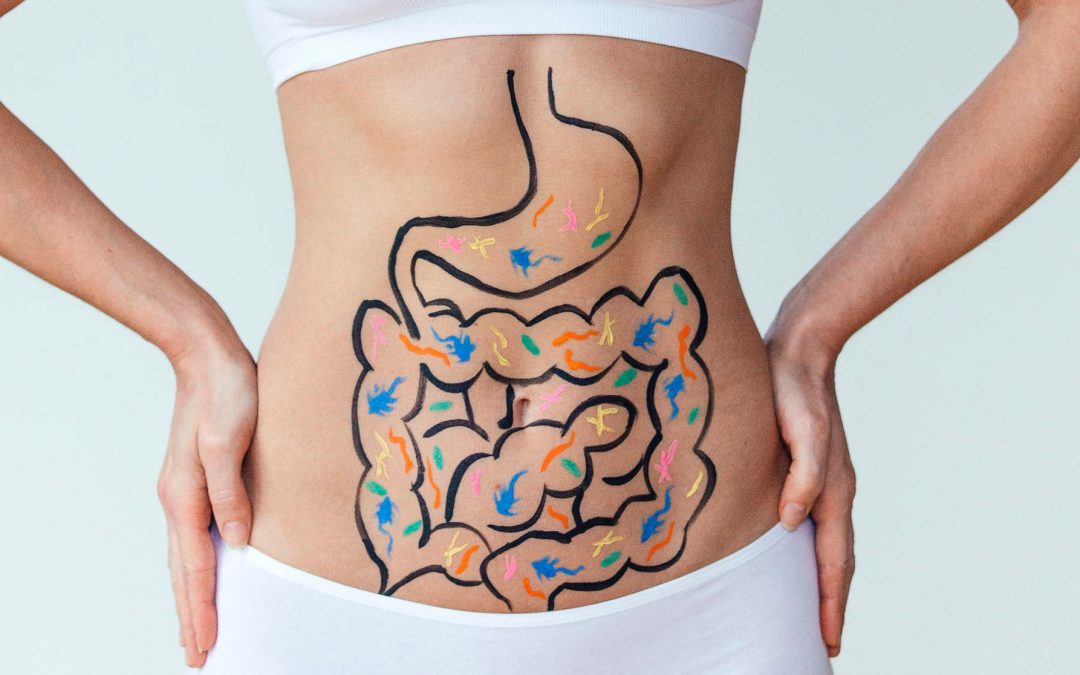What is malabsorption?
The main role of your small intestine is to absorb nutrients from the food you eat into your bloodstream. Malabsorption syndrome refers to a number of disorders in which the small intestine can’t absorb enough of certain nutrients and fluids.
Nutrients that the small intestine often has trouble absorbing can be macronutrients (proteins, carbohydrates, and fats), micronutrients (vitamins and minerals), or both.
Causes of malabsorption syndrome
Many things can lead to malabsorption syndrome, from certain diseases to infections or birth defects.
Possible causes
Factors that may cause malabsorption syndrome include:
-
- damage to the intestine from infection, inflammation, trauma, or surgery.
- prolonged use of antibiotics
- other conditions such as celiac disease, Crohn’s disease, chronic pancreatitis, or cystic fibrosis
- leaky gut
- lactase deficiency, or lactose intolerance
- certain defects that are congenital, or present at birth, such as biliary atresia, when the bile ducts don’t develop normally and prevent the flow of bile from the liver
- diseases of the gallbladder, liver, or pancreas
- parasitic diseases
- radiation therapy, which may injure the lining of the intestine
- certain drugs that may injure the lining of the intestine, such as antibiotics
The syndrome may also be caused by digestive problems. Your stomach may not be able to produce the enzymes it needs to digest certain foods. Or your body may not be able to mix the food you eat with the enzymes and acid produced by your stomach.
Rare causes
There are also some uncommon disorders that can result in malabsorption. One of these is called short bowel syndrome (SBS).
With SBS, the small intestine is shortened. This makes the intestine less able to absorb nutrients. SBS may be a birth defect, or it may be caused by surgery.
Recognizing the symptoms of malabsorption syndrome
Symptoms of malabsorption syndrome are caused when unabsorbed nutrients pass through the digestive tract.
Many symptoms differ depending on the specific nutrient or nutrients that aren’t being absorbed properly. Other symptoms are a result of a deficiency of that nutrient, which is caused by its poor absorption.
You may have the following symptoms if you’re unable to absorb fats, protein, or certain sugars or vitamins:
-
- Fats. You may have light-colored, foul-smelling stools that are soft and bulky . Stools are difficult to flush and may float or stick to the sides of the toilet.
- Protein. You may have dry hair, hair loss, or fluid retention. Fluid retention is also known as edema and will manifest as swelling.
- Certain sugars. You may have bloating, gas, or explosive diarrhea.
- Certain vitamins. You may have anemia, malnutrition, low blood pressure, weight loss, or muscle wasting.
Risk factors for malabsorption syndrome
Risk factors for malabsorption syndrome include:
-
- antibiotic use
- drinking large amounts of alcohol
- eating food additives that are chemicals found in processed foods
- intestinal surgery
- use of medications
Diagnosing malabsorption syndrome
Your doctor may suspect malabsorption syndrome if you have chronic diarrhea or nutrient deficiencies, or have lost a significant amount of weight despite eating a healthy diet. Certain tests are used to confirm the diagnosis. These tests may include:
Stool tests
Stool tests can measure fat in samples of stool, or feces. These tests are the most reliable because fat is usually present in the stool of someone with malabsorption syndrome.
Blood tests
These tests measure the level of specific nutrients in your blood, such as vitamin B-12, vitamin D, folate, iron, calcium, carotene, phosphorus, albumin, and protein.
A lack of one of these nutrients may not necessarily mean you have malabsorption syndrome. It can mean you’re not choosing foods with healthy levels of nutrients. Normal levels of these nutrients suggest that malabsorption is not the problem.
Breath tests
Breath tests can be used to test for lactose intolerance. If lactose isn’t being absorbed, it enters the colon. Bacteria in the colon break down the lactose and produce hydrogen gas. The excess hydrogen is absorbed from your intestine, into your bloodstream, and then into your lung. You’ll then exhale the gas.
If you have hydrogen gas in your breath after ingesting a product containing lactose, you may have lactose intolerance.
Imaging tests
Imaging tests, which take pictures of your digestive system, may be done to look for structural problems. For instance, your doctor could request a CT scan to look for thickening of the wall of your small intestine, which could be a sign of Crohn’s disease.
Biopsy
You may have a biopsy if your doctor suspects you have abnormal cells in the lining of your small intestine.
A biopsy will likely be done using an endoscopy. A tube is inserted into your mouth and sent through your esophagus and stomach and into your small intestine to take a small sample of cells.
Treatment options or malabsorption syndrome
At this point, you may want work with a Nutritionist to create a treatment plan that will help make sure you’re getting the nutrients your body needs. Your dietitian may recommend:
-
- Enzyme supplements. These supplements can help your body absorb the nutrients it can’t absorb on its own.
- Vitamin supplements. High doses of vitamins or other nutrients to make up for those that are not being absorbed by your intestine.
- Diet changes. Your Nutritionist may adjust your diet to increase or decrease certain foods or nutrients. For instance, you may be advised to avoid foods high in fat to decrease diarrhea, and increase foods high potassium foods to help balance your electrolytes.
- A Leaky Gut healing plan
A Nutritionist can help create a treatment plan that will manage your malabsorption symptoms and allow your body to obtain the nutrients and fluids it needs to function normally




